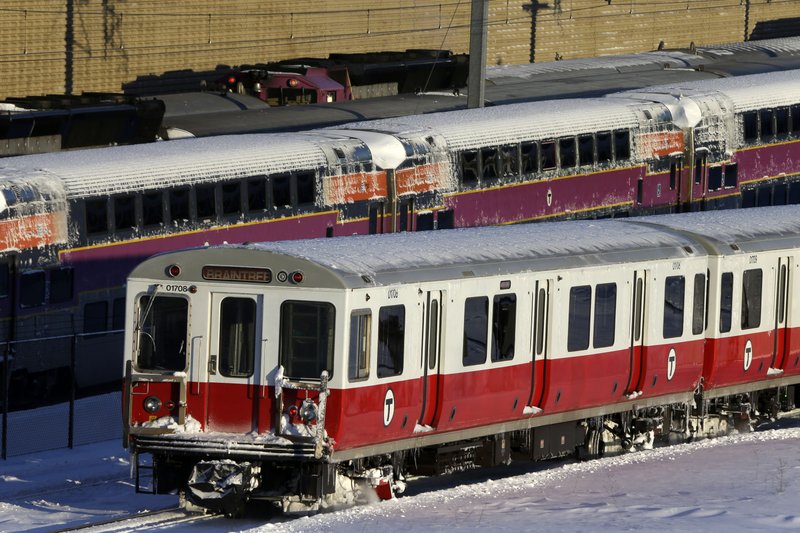PROVIDENCE, R.I. — Emergency crews and residents struggled to clear roadways and sidewalks from a storm that rampaged through the Northeast, dumping up to 3 feet of snow and bringing howling winds that knocked out power to hundreds of thousands.
Municipal workers from New York to Boston labored through the night into Sunday in snow-bound communities, where some motorists had to be rescued after spending hours stuck in wet, heavy snow. President Barack Obama declared a state of emergency for Connecticut, allowing federal aid to be used in recovery, and utilities in some hard-hit New England states predicted that the storm could leave some customers in the dark for days.
“We’ve never seen anything like this,” said county official Steven Bellone of New York’s Long Island, which got more than 2 1/2 feet of snow.
About 345,000 homes and businesses were without power Sunday morning, down from a peak of about 650,000. Some school districts announced they’d be closed Monday, complicating parents’ back to work schedules but giving kids another day for frolicking.
At least 11 deaths in the U.S. were blamed on the snowstorm, including an 11-year-old boy in Boston who was overcome by carbon monoxide as he sat in a running car to keep warm while his father shoveled Saturday morning. That death and the illnesses of several others exposed to carbon monoxide set off a flurry of safety warnings from public officials.
Roads across the Northeast were impassable and cars were entombed by snow drifts on Saturday. Some people found the snow packed so high against their homes they couldn’t get their doors open.
“It’s like lifting cement. They say it’s 2 feet, but I think it’s more like 3 feet,” said Michael Levesque, who was shoveling snow in Quincy, Mass., for a landscaping company.
In Providence, where the drifts were 5 feet high and telephone lines encrusted with ice and snow drooped under the weight, Jason Harrison labored for nearly three hours to clear his blocked driveway and front walk and still had more work to do.
Rhode Island Gov. Lincoln Chafee cautioned that while the snow had stopped, the danger hadn’t passed: “People need to take this storm seriously, even after it’s over. If you have any kind of heart condition, be careful with the shoveling.”
Blowing with hurricane-force winds of more than 80 mph in places, the storm hit hard along the heavily populated Interstate 95 corridor between New York City and Maine. Milford., Conn., got 38 inches of snow, and Portland, Maine, recorded 31.9, shattering a 1979 record. Several communities in New York and across New England got more than 2 feet.
Still, the storm was not as bad as some of the forecasts led many to fear, and not as dire as the Blizzard of ’78, used by longtime New Englanders as the benchmark by which all other winter storms are measured.
“Considering the severity, of the storm, the amount of snow and the wind, we’ve come though this pretty well,” Massachusetts Gov. Deval Patrick said Sunday in an interview taped for CBS’ “Face the Nation.”
By midday Saturday, the National Weather Service reported preliminary snowfall totals of 24.9 inches in Boston, or fifth on the city’s all-time list. Bradley Airport near Hartford, Conn., got 22 inches, for the No. 2 spot in the record books there.
Concord, N.H., got 24 inches of snow, the second-highest amount on record and a few inches short of the reading from the great Blizzard of 1888.
In New York, where Central Park recorded 11 inches, not even enough to make the Top 10 list, Mayor Michael Bloomberg said the city “dodged a bullet” and its streets were “in great shape.” The three major airports serving the city — LaGuardia, Kennedy and Newark, N.J. — were up and running by late morning after shutting down the evening before.

